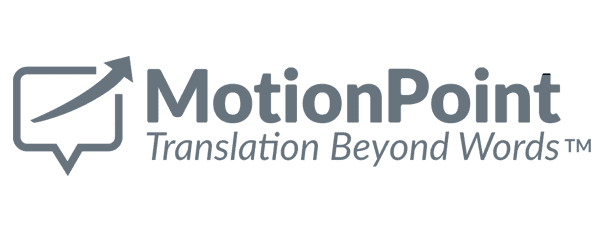




If your organization wants to meaningfully increase engagement, interest and conversions among multilingual and international customers, it must localize its digital CX—including its website, omnichannel content and … perhaps most important of all … its secure customer portals.
Translating these private login areas is notoriously difficult. The process is even more challenging than translating traditional public-facing websites, which comes with its own minefield of technical and operational issues.
This makes choosing a localization solution especially critical, particularly since most translation vendors don’t have the necessary experience in translating portals, or offer undercooked solutions that create more cost and effort than they’re worth.
Here are six common issues that companies like yours experience as they try to localize their portals. We'll also offer a tip on how to avoid these problems.
Many companies believe that the actual translation process—the word-for-word translation of text from language to another—is what generates the most effort in a portal localization project.
The key challenges are in fact related to technology, not translation. Selecting a vendor that doesn’t understand complex online technologies can create budget-breaking issues that delay portal localization projects for months—or even over a year. In some cases, projects are eventually abandoned altogether.
Here’s why.
Many “white label” portal providers integrate multilingual capabilities into their offerings for clients. Unfortunately, these features often fall short under the day-to-day demands of portal translation.
These solutions usually shift the complexity and ongoing effort-particularly the resource-heavy technical tasks such as configuration, ongoing content detection and collection, and complex UX QA tasks-onto their customers. This increases customer-side risks and cost.
Many mature, successful companies still use custom-built CRMs and content databases that were developed years—or decades—ago with now-old frameworks. Most modern translation solutions can’t parse these aged systems for translatable content with much accuracy.
Even contemporary platforms developed by in-house teams create problems for translation vendors. These platforms may be built with several coding languages or frameworks, often crafted by siloed development teams. These disparate approaches confuse translation vendors … and, more often, derail their unsophisticated content-detection parsers.
Most modern customer portals leverage sophisticated single-page applications, often powered by Angular and React. Nearly all translation vendors can't handle these complex applications with any reliability. For starters, their content parsers can't distinguish an application's translatable content from its code. This results in:
Vendors also struggle to integrate translated content back into the localized instance of the application, which creates further functionality issues, costs and delays.
They also face similar issues with AJAX calls that produce dynamic content that isn't always seen "on the page." Nearly all vendors lack robust JSON and XML parsers to detect this content. This leads to an unacceptable, partially-translated UX that alienates customers.
Can vendors that use underdeveloped technologies—technologies that can’t understand the technical complexities of portals—be trusted with the private data of your customers, distributors and other business partners?
A vendor's lack of technical expertise can cast a long shadow of doubt. Partners must unequivocally demonstrate that they:
Your secure customer portal is certainly a vital channel for your business, but it’s not the only one. Your organization needs a partner that can efficiently localize your CX for multilingual customers across all channels.
This heaps even more challenges onto most vendors. They can’t keep up with the technical demands of localizing content for mobile apps, social network posts, promotional emails and newsletters, product documentation, videos, in-store kiosks, offline documents and more.
This often hails from the limitations of their content-parsing technologies, or their underdeveloped use of translation memory, a special database that stores all translations for a localization project. When properly leveraged, these translated phrases can be re-published hundreds—or hundreds of thousands—of times across all channels at no additional cost to the customer.
So how can you avoid these technical pitfalls and other costly shortcomings? Look for a translation solution that combines industry-leading technology and world-class expertise, and delivers a perfectly functioning, perfectly localized customer portal and omnichannel experience.
Especially consider vendors that offer technically superior fully turn-key proxy solutions. These solutions eliminate nearly all technical and operational effort on your end at launch and ongoing, and provide all the resources needed to build, deploy and maintain localized customer portals and other critical CX experiences.
Turn-key solutions sidestep all the technical and security risks, while making it effortless, cost-efficient and secure to localize your secure login areas.